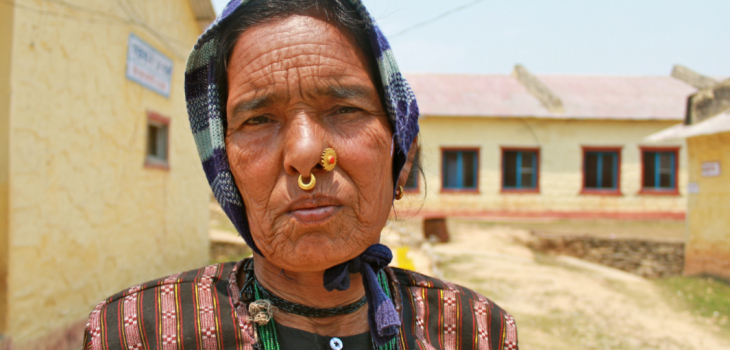By Elvis García (DrPH student at Harvard T H Chan School of Public Health)
In the latest issue of Health Policy and Planning, ‘Beyond Gross National Income: Innovative methods for global health aid allocation’, Jesse Bump and colleagues analyze the complexities of resource allocation in Development Assistance, and underscore the need for better, more transparent processes that more accurately reflect the needs of developing countries. These processes include the parameters of whatever is normally allocated, such as support for HIV, TB, and malaria, or other highly visible conditions and objectives. But what about things that fall outside this range? Epidemic Prevention Initiatives are difficult to evaluate and challenging to motivate politically, but the consequences of poor investment decisions in this area are hard to overestimate.
There is no question that a new pandemic will strike sooner or later, but contrary to the Spanish Flu episode in 1918, this time we are aware of it, and we have the tools to reduce its impact. However, the initiatives we are launching may not be good enough.
GHSA, the post-Ebola worldwide initiative
Funding epidemic prevention was not a priority for stakeholders before the 2013-2016 Ebola epidemic in West Africa. After the specter epidemic disease, money started to flow into myriad areas, and arguably, one of the most successful initiatives was The Global Health Security Agenda (GHSA). The GHSA has managed to put health security on governments’ radar at national and at an international level.
GHSA’s implementation process requires multiple stakeholder interventions through different stages on five-year plans to, potentially, achieve adequate levels of health security that will reduce the likelihood of epidemics in the country. This process involves the WHO’s Joint External Evaluation (JEE), based on the WHO’s International Health Regulations (IHR), to evaluate the country’s status quo, and a roadmap towards improvement goals.
However, despite its good intentions and a clear implementation pathway, the system relies heavily on external financing. A few months ago, the US announced that they would renew their support after their first five years’ $1Bn investment. However, what this “support” means, hasn’t been defined. If the US doesn’t renew its investments, the fate of the program would be jeopardized since they largely exceed the contributions provided by the totality of the other donors.
We are still in the early stages of the GHSA initiative, perhaps too early to raise questions, but it won’t take long until countries start to share concerns about the rationale behind some allocation decisions.
A system built on trust (in the system)
Unfortunately, neither the selection criteria for countries involved and projects accepted nor the potential financial availability is as straightforward as we could wish for. A refined resource allocation strategy, as Bump describes, is crucial on established institutions seeking to achieve intended goals (like HIV treatment), but I would argue that is at least as critical, if not more, in the epidemics domain for what is at stake.
One of the main concerns is that GHSA doesn’t necessarily follow the standard project allocation procedure: needs detection followed by a proposal to a donor agency. In this case, donor countries will (presumably) fund initiatives in specific countries after they have “voluntarily” been evaluated. This evaluation, performed by external actors, will be then publicly shared, exposing their system’s internal vulnerabilities, what is a high toll to pay for any country. The system is, therefore based on trust- countries show their weaknesses expecting to get external financial support. The moment this support fails, so will the system.
Some criticism to resource allocation in Development Assistance for Health (ADH) is the “disproportionate” importance assigned to the Gross National Income per capita (GNIpc). The GHSA seems to open a different pathway using the external evaluations to assign resources; as long as countries go through the JEE, their flaws are exposed, and a five-year roadmap is defined, then they qualify to receive funding. That said, what kind of projects are financed or even if they will receive any financial support after all this work, is not that evident.
A good step forward, but more needs to be done
The process is in place, and figures show that countries are willing to participate, but as long as the system can’t figure out a resource allocation strategy that can guarantee that after every evaluation there will be an implementation plan and resources for it, this will be a half cooked initiative with some incremental improvements in the best case but that will probably fall apart once money stops flowing in.
As Bump suggests, resource allocation to ADH suffers from a blatant lack of transparency, in this case, the high requirements of the process increase the expectations of the countries involved. Therefore, establishing a robust resource allocation methodology, shared with potential participants in the GHSA, would provide better tools for the countries to decide their level of engagement and willingness to undergo the process. Setting expectations that can’t be met, due to a lack of transparency on what, who and how this will be supported, could backfire causing a loss of trust in the system and leading to years of wasted efforts, resources and, more importantly, lives.
Image credit: Possible











